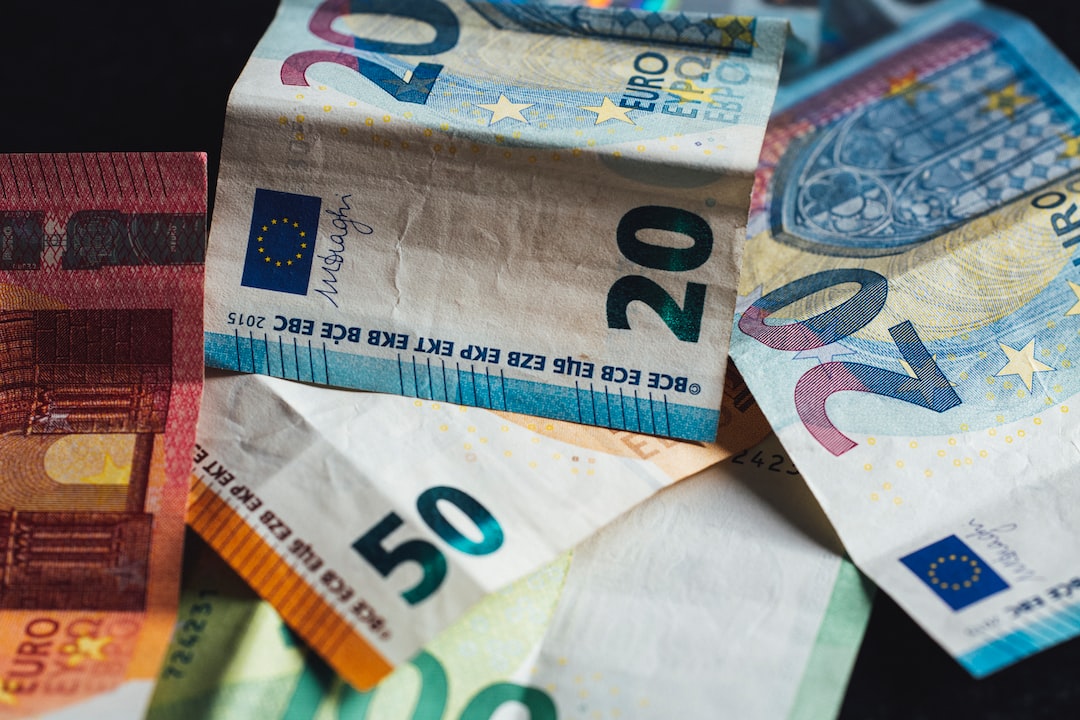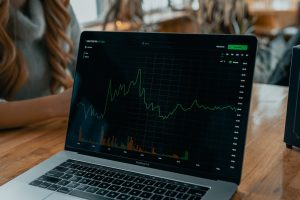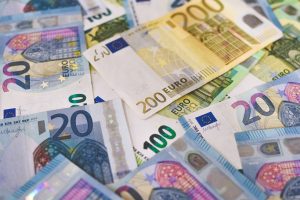Forex trading is a 24-hour market that operates five days a week, which means that traders can trade at any time of the day or night. Forex trading sessions are divided into three main sessions – the Asian, European, and US sessions. Each session has its own unique characteristics, and traders need to understand which forex pairs to trade during each session to maximize their profits.
Asian Session
The Asian session starts at 9 pm GMT and ends at 8 am GMT. This session is dominated by the Japanese Yen, and the forex pairs that are most actively traded during this session are USD/JPY, EUR/JPY, GBP/JPY, AUD/JPY, and NZD/JPY. The Japanese Yen is a safe-haven currency, and it is often used as a hedge against market volatility. Traders need to keep an eye on the economic data releases from Japan, such as the Tankan survey, GDP, and inflation data.
European Session
The European session starts at 7 am GMT and ends at 4 pm GMT. This session is the most active session, and it is dominated by the Euro. The forex pairs that are most actively traded during this session are EUR/USD, GBP/USD, USD/CHF, and USD/CAD. Traders need to keep an eye on the economic data releases from the Eurozone, such as GDP, inflation, and employment data. The European Central Bank (ECB) also releases its interest rate decision during this session, which can have a significant impact on the market.
US Session
The US session starts at 12 pm GMT and ends at 9 pm GMT. This session is dominated by the US Dollar, and the forex pairs that are most actively traded during this session are USD/JPY, EUR/USD, GBP/USD, AUD/USD, and NZD/USD. Traders need to keep an eye on the economic data releases from the US, such as non-farm payrolls, GDP, and inflation data. The Federal Reserve also releases its interest rate decision during this session, which can have a significant impact on the market.
Factors to Consider When Choosing Forex Pairs to Trade
1. Volatility
Traders need to consider the volatility of a forex pair when choosing which pairs to trade. High volatility pairs can offer traders significant profit opportunities but also carry a higher risk. Low volatility pairs are less risky but offer lower profit opportunities.
2. Liquidity
Traders need to choose forex pairs that are highly liquid, which means they are easy to buy and sell. Highly liquid forex pairs have a narrow bid-ask spread, which means that traders can enter and exit trades at a lower cost.
3. Correlation
Traders need to consider the correlation between forex pairs when choosing which pairs to trade. Correlated pairs move in the same direction, while negatively correlated pairs move in opposite directions. Trading negatively correlated pairs can help traders diversify their portfolios and reduce risk.
4. Economic Data Releases
Traders need to keep an eye on economic data releases from the countries whose currencies they are trading. Economic data releases can have a significant impact on the market and can cause significant price movements. Traders need to be aware of the economic calendar and plan their trades accordingly.
Conclusion
Forex trading is a 24-hour market, and traders need to understand which forex pairs to trade during each session to maximize their profits. The Asian session is dominated by the Japanese Yen, the European session is dominated by the Euro, and the US session is dominated by the US Dollar. Traders need to consider factors such as volatility, liquidity, correlation, and economic data releases when choosing which forex pairs to trade. Successful forex trading requires careful planning, analysis, and risk management.





